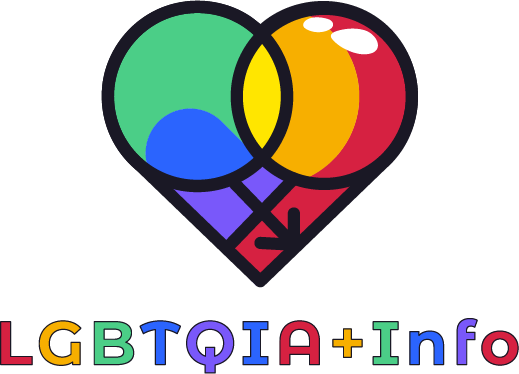Queerphobia is the fear or hate of those who identify as lesbian, gay, bisexual, transgender, or questioning (LGBTQ+). Prejudice and hatred underpin this kind of discrimination, which may have devastating effects on individuals who are subjected to it. This article will discuss queerphobia, including its origins, impacts, and potential countermeasures.
What is Queerphobia?
Discrimination and bigotry towards those who identify as LGBTQ+ are sometimes referred to as “queerphobia.” It’s a form of discrimination that targets people because of their sexuality, gender, or how they identify as gendered. Violence, verbal abuse, and social isolation are just some of the ways queerphobia shows its ugly face. It can be committed by people, organizations, or even nations.
The Causes of Queerphobia
Institutionalized forms of authority often contribute to the maintenance of a culture that is deeply entrenched in history and tradition. Reasons, why people may be hostile to LGBT people, include:
-
Lack of Education
It’s important to remember that many homophobes and transphobes are just ignorant of the realities faced by the LGBTQ+ community. One possible explanation is a general lack of knowledge regarding sexual orientation and gender identity.
-
Religious Beliefs
Being a member of the LGBTQ+ community is seen as a sin by certain religious individuals. Discrimination and intolerance can result from this.

-
Stereotypes and Prejudice
Fear and hatred against the LGBTQ+ community can stem from widespread misconceptions and biases. All trans persons must be psychologically sick, for instance, or that homosexual guys are too feminine.
-
Power Structures
Power and oppression structures may also help keep queerphobia alive and well. For instance, the oppression of the LGBTQ+ community can be furthered by laws that criminalize homosexuality or restrict transsexual rights.
The Effects of Queerphobia
Negative attitudes against the LGBTQ+ community can have serious consequences. Here are a few of the more important outcomes:
-
Mental Health Issues
Depression, anxiety, and other mental health problems are more common among LGBTQ+ people who have experienced queerphobia.
-
Social Isolation
Individuals who identify as LGBTQ+ may experience feelings of alienation from their communities as a result of queerphobia.
-
Physical Violence
Hate crimes, including acts of violence, are another tangible manifestation of queerphobia.
-
Discrimination
Some people in the LGBTQ+ community experience prejudice because of their sexual orientation or gender identity.
Overcoming Queerphobia
Education, advocacy, and support for the LGBTQ+ community are all crucial components in the long process of overcoming queerphobia. Methods that have proven successful in combating queerphobia include:
-
Education and Awareness
In order to end queerphobia, we must first fight ignorance with knowledge. Both raising awareness and fighting for equal rights for the LGBTQ+ community fall under this category.
-
Support for LGBTQ+ Individuals
It’s also crucial to provide assistance to the LGBTQ+ community. This might involve influencing the rights of LGBTQ+ people and providing them with safe spaces and services.

-
Intersectional Activism
Queerphobia is often connected with other types of oppression, including racism, ableism, and sexism, as is acknowledged by intersectional activism. Combating queerphobia requires attention to these overlapping issues.
-
Challenging Stereotypes and Prejudice
Queerphobia may be defeated in part by dismantling harmful assumptions about the LGBTQ+ community. One way to do this is to publicly condemn racist rhetoric and actions.
Conclusion
Many people who identify as LGBTQ+ have their lives negatively impacted by queerphobia. To establish a more just and equitable society for all, we must first understand its roots and consequences before we can fight to eliminate them via education, advocacy, and support. Let’s strive towards a world where LGBTQ+ people no longer have to hide who they are or how they identify.

